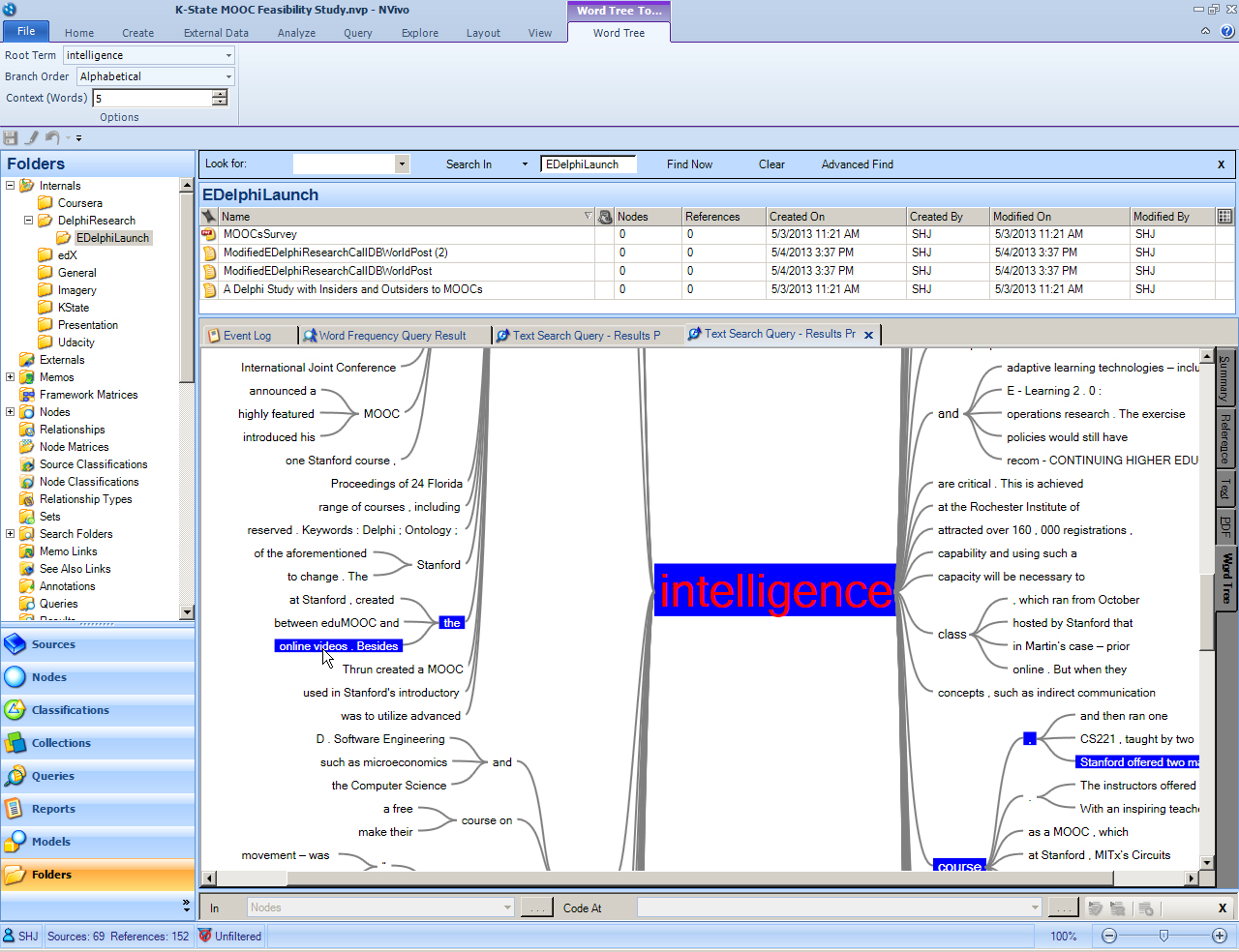

The content you can select depends on the type of source you are working with. Select the content that you want to code.

Code sources at case in nvivo 12 code#
You code your source materials to gather material about a topic and store it in nodes and cases.Ģ. Coding is how the source content is assigned to the case. You could also create classifications for different types of people, like students or teachers.Ģ. Define attributes for the classification-for example, age group and gender.ģ. Create a case then classify it and assign relevant attributes values to it-for example, 60-69 and female.Ĥ. Create a classification-for example, Person. To work with case classifications and attributes, you need to:ġ. Use classifications to record descriptive information, like demographic details, about the cases in your project.įor example, if you have interviewed people in a particular community, you may want to collect information about their age, gender and occupation-and compare their responses based on these attributes. Understanding classifications and attributes For example, you could automatically create cases when you import sources, and you could then import descriptive attributes from a spreadsheet or text file. If you have a large number of cases, NVivo provides ways to speed up the process. You can also drag & drop or cut & paste nodes to move them around. Organizing your nodes into a hierarchy is an important part of the analytical process, helping you to refine your thoughts and draw connections between themes.Īdd ‘child’ nodes (sub-nodes) under an existing node to create a hierarchy. It’s easy to create nodes using commands on the Ribbon-on the Create tab, in the Nodes group, click Node.Īlternatively, if you want to see what themes emerge from your sources, you can create nodes as you code. If you already know what themes you are looking for (based on your literature review, for example), you can create and organize your nodes before you start coding. For example, you could create the node water quality and as you explore your sources (documents, PDFs, datasets, audio, video or pictures) you could code all references to water quality at the node. Reminder: Nodes represent themes, topics, concepts, ideas, opinions or experiences.


 0 kommentar(er)
0 kommentar(er)
